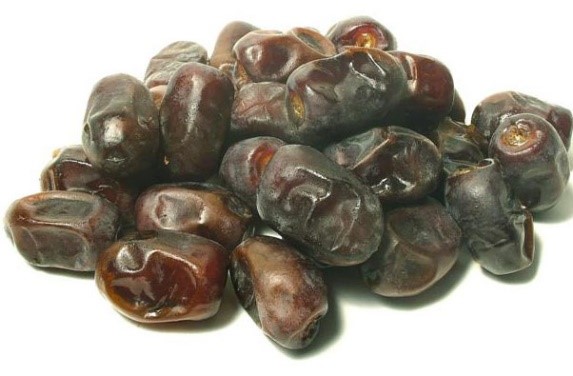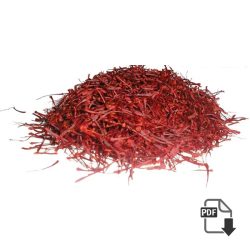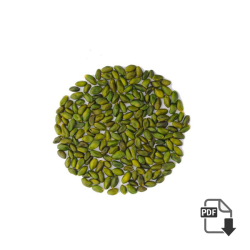History of Raisins
It is now known that the drying of grapes on the bush has been discovered in pre-historic times.
This method has been attributed to the Greeks between 1 and 2 BC. Commercial markets for raisins, supplied by the Phoenicians in Greece and Rome, expanded the cultivation of grapes in Greece and southern Spain and the Armenian vineyards in Iran.
You may be interested in knowing more about raisins and their history. Please read the rest of this post for more information.
Please for more information or any inquiry click here ……
It is also an ideal climate for drying grapes and raisins, which is one of the factors contributing to its growth. At this time, the two grapes that were most used were the grapes. Muscat is large and flavorful but contains seeds and another that was developed by farmers in Corinth, Greece, to be small and non-kernel.
Grape raisins are dried. Raisins are high in iron, potassium, calcium, and b vitamins and raisins have antioxidant properties. This nutrient prevents cellular damage. Raisins are ripe and dried fruits of the grape, which are sold under different names in the market due to the type of grapes, the method and conditions of drying, and its authorized additives and are found throughout the year like other nuts.
Raisin fiber prevents colon cancer and abnormal cell growth and helps control blood sugar in the body. It is also useful for treating stomach irritation and constipation. Eating raisins removes laxity and lethargy and eliminates excess water, strengthens the body, freshens the mouth, and raisins contain a good amount of fiber, antioxidants, and energy in the body.
Nutritionists believe eating a few raisins a day helps boost memory and protect people from Alzheimer’s disease. Also, high-fiber raisins help lower cholesterol and improve bowel function. And prevents body fluids from being excreted.
Raisins were produced in Iran and Egypt about 5 years BC. A raisin in Rome was used as a prize for people decorating places of worship and for sports winners. Farmers throughout Iran produce many varieties of raisins and in many ways raisins that are used in cooking, nuts, and sweat making.
The 5th century was accompanied by rising demand and rising prices for raisins in Europe. The English, French, and Germans made great efforts to grow grapes and convert them into raisins for more money, but their climate was more likely to dry grapes. It was too cold. In the meantime, the growth of Angerstranspany was complete.
Iran has an important place in grape production and export of raisins in the world and its planting started in our country at least 5 years BC and people have long been familiar with the methods of cultivation and production of grapes. That is why today in most parts of Iran It is common from the cold regions of the north to the desert margins as well as the southern regions of the grape cultivation.
Raisins are a durable crop that is the second-largest grape product in the world after wine. The date of production of sun-dried raisins goes back more than 3,000 years.
Special features of raisins are their economical production because of the use of solar energy, its packaging materials being simple, the dried product being less voluminous and has long shelf life under normal storage conditions. Also, the equipment needed for making raisins is very simple.
Grape varieties suitable for raisins have the following characteristics: high sugar content, fleshy berry, no kernel or small kernel, softness of texture, uniform size of berry, and rapid drying of berry. Of course, grape varieties that are high in sugar and grain are also used to produce raisins called curries.
Uses of raisins include nuts and snacks, nutrient consumption, confectionery and chocolate, fruit and concentrate factories, vinegar, and grape juice production, and waste products for livestock and bees. history of raisins
Please for more information or any inquiry click here ……
All Type Of Raisin
-
Golden Long Raisin
Golden Long Raisin also is known as Golden Raisin Jumbo or Kashmari Golden Raisin. As it is clear from its name the color of this raisin is golden. Raisins, in general, are dried grapes.
-
Green Raisins ( Jumbo Raisins ) wholesale price + analysis + sale offer
Green Raisins | Jumbo Raisins : Green Raisins also are known as Green Jumbo Raisin, Kashmari (Kashmiri) Green Raisins and Green Long Raisins. As it is clear from its name the color of this raisin is green. Raisins, in general,…
-
sultana raisin dark brown special wholesale price + analysis + sale offer
This kind is prepared by drying the fruit in full sun and results in a dark color.
-
Sultana Raisin Light Brown Special wholesale price + analysis + sale offer
Sultana Raisins Light Brown are dried Seedless grapes of the Vitis vinifera species. Customers also know this raisin as Malayer Raisin or Seedless Thompson. As it is clear from its name the color of this raisin is light brown. Farmers…
-
Golden Raisin Special wholesale price + analysis + sale offer
This kind is oven-dried and then sulfur is added to preserve its color.

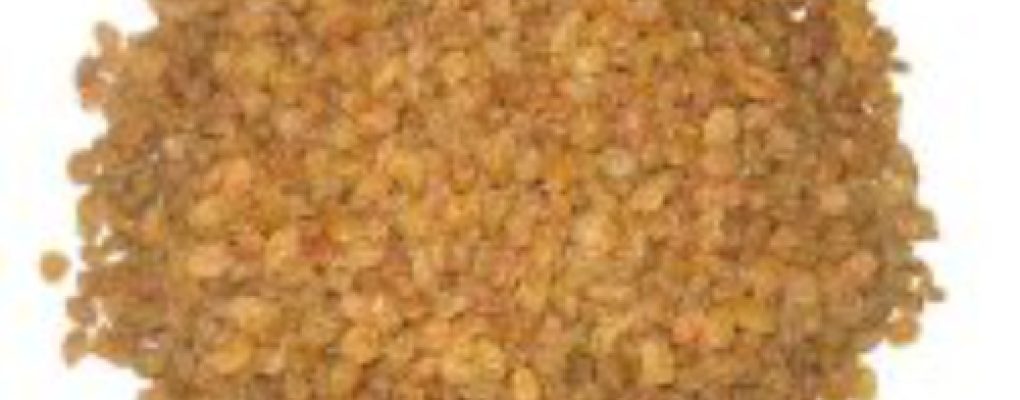
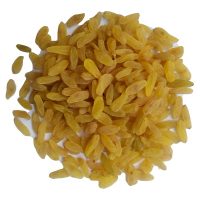
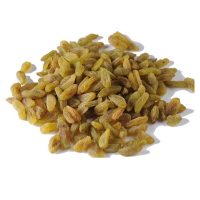
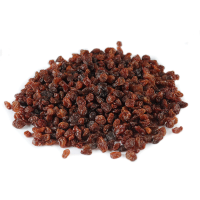
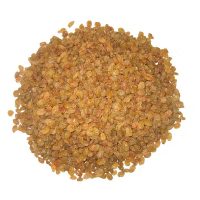
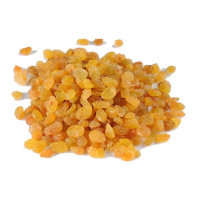
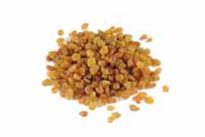
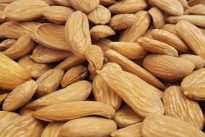
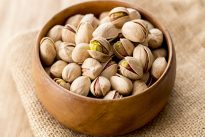
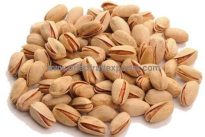
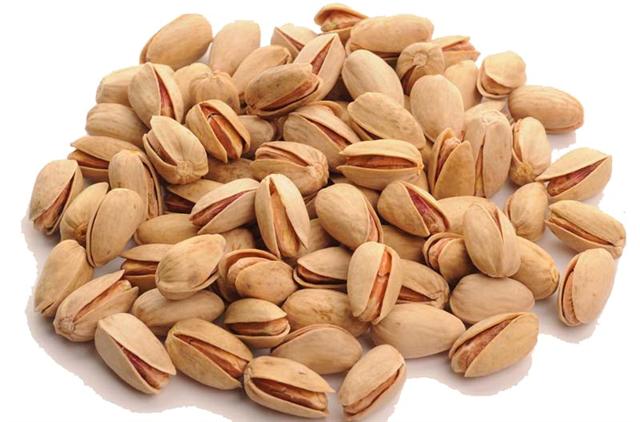
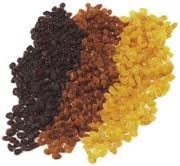 3 kind raisin
3 kind raisin 